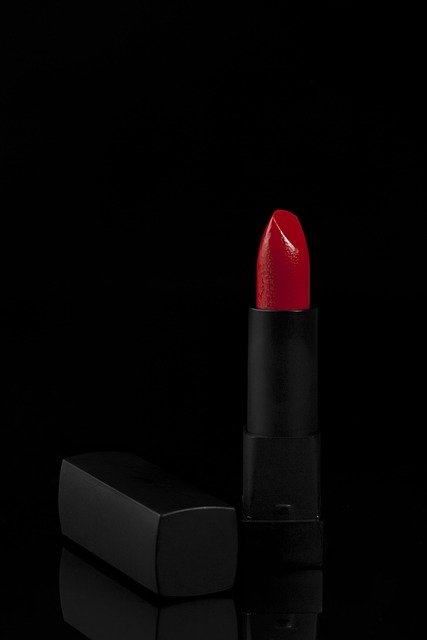Color Analysis: How Color Theory Shapes Perception and Style
Color analysis is the systematic study of how colors interact, how they affect perception, and how they can be combined to communicate mood, personality, and function. Professionals use color analysis in fashion, interior design, branding, and digital media to choose palettes that suit an individual’s skin tone or a brand’s message. The process draws on principles from color theory and the color wheel, considers psychological associations, and seeks color harmony so palettes feel balanced and purposeful across contexts.

What is color theory?
Color theory is a set of practical guidelines and scientific concepts that explain how colors mix, match, and produce visual effects. It covers properties such as hue (the color name), value (lightness or darkness), and saturation (intensity). Designers rely on color theory to predict outcomes when combining pigments (subtractive mixing) or lights (additive mixing). Understanding contrast, balance, and proportions helps create legible text, cohesive visuals, and moods that support a project’s goals rather than clash or confuse viewers.
How does the color wheel work?
The color wheel is a circular arrangement of colors that shows relationships between primary, secondary, and tertiary hues. Arranged clockwise, adjacent colors form analogous schemes that feel cohesive; opposite colors form complementary pairs that create contrast; triadic and tetradic groupings offer balanced variety. The wheel also helps separate warm and cool tones, which affect perceived depth and temperature in a composition. Practical use involves selecting anchor colors and accents from the wheel to maintain visual interest without overwhelming the viewer.
What is color analysis in practice?
Color analysis can refer to personal color analysis—often used in fashion and styling—to identify which palettes flatter an individual’s skin undertone, eye color, and hair. Stylists may use draping techniques or digital tools to test how garments or swatches interact with skin. In business and product design, color analysis evaluates brand palettes, ensures accessibility (sufficient contrast ratios), and assesses cultural or contextual appropriateness. The goal is not rigid rules but informed choices: matching color properties to purpose, environment, and the people who will interact with them.
How does color psychology influence choices?
Color psychology explores common emotional and cultural associations with color, such as blue’s frequent link to calm or trust and red’s association with energy or urgency. These associations aren’t universal: cultural background, personal experience, and context change responses. For effective use, combine psychological insights with audience research and testing rather than assuming a single reaction. In marketing and interface design, small shifts in hue, saturation, or contrast can change perceived tone and behavior, so deliberate, measured experiments are recommended.
How can color harmony be achieved?
Color harmony means arranging colors so they look balanced and pleasing together. Techniques include using complementary or analogous schemes, varying value and saturation for depth, and maintaining a dominant color with supporting accents. Consider proportion: a common approach is 60–30–10 (dominant–secondary–accent) to maintain stability. For accessibility and legibility, ensure sufficient contrast between text and background and test for colorblind viewers. Harmony also depends on context—lighting, materials, and adjacent colors will alter perceived color and should be tested in the real environment or realistic mockups.
Color analysis bridges art and science: it uses the structure of the color wheel and the principles of color theory to craft palettes that align with psychological cues and achieve harmony across applications. Whether dressing an individual, designing a website, or selecting a brand identity, effective color analysis combines technical understanding with observation and testing so color supports clarity, mood, and function rather than distracting from them.






